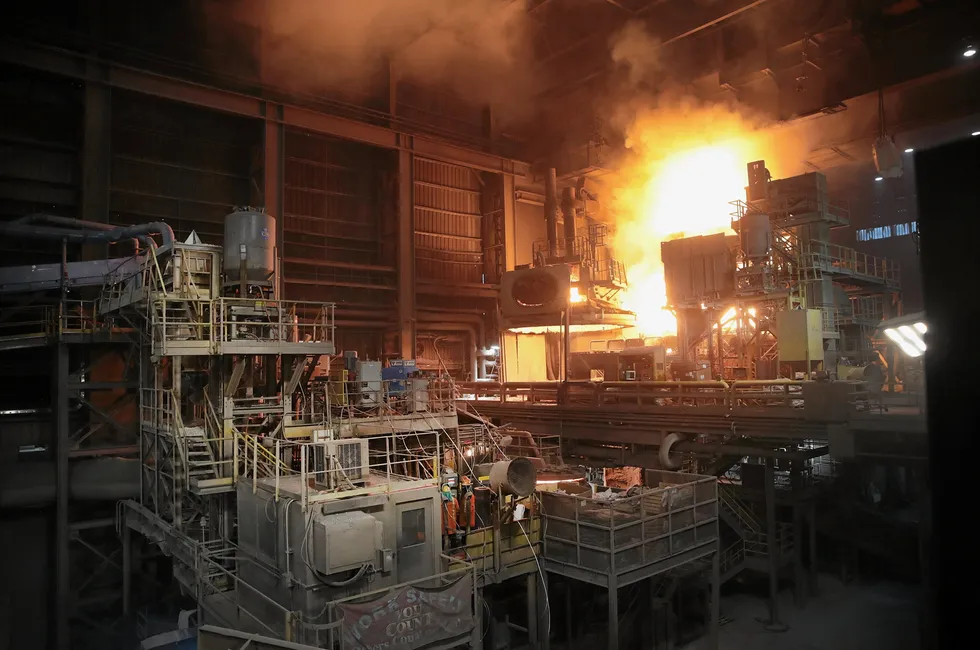'Green steel will become cheaper than grey in US as soon as hydrogen tax credits kick in': analyst
But it won't be the cheapest form of steel in the EU until 2028, says Rethink Energy report

But it won't be the cheapest form of steel in the EU until 2028, says Rethink Energy report
